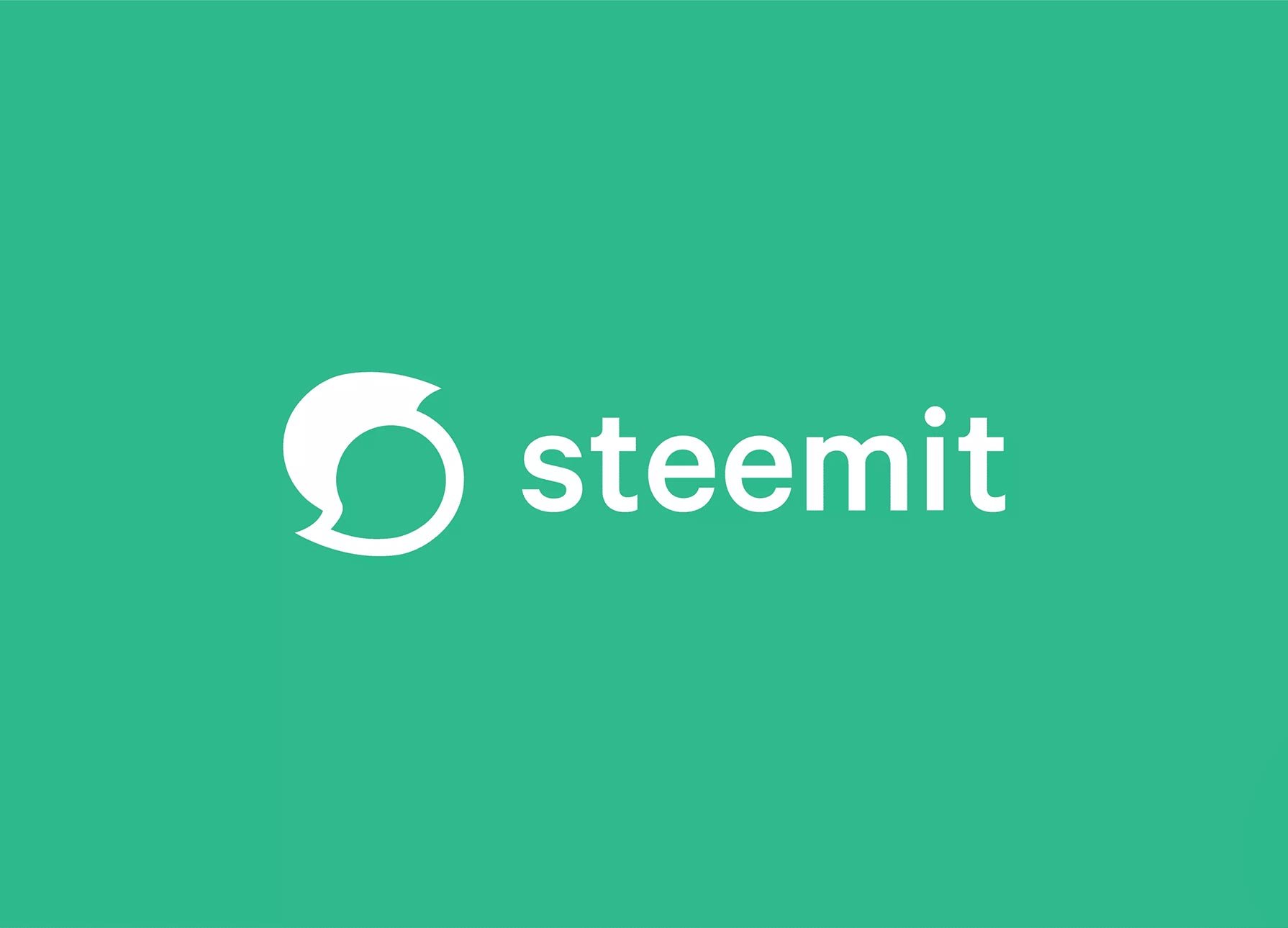We are all aware of the fact that social media are part of our everyday life. Many of us check the smartphone if the notification sound rings, but we don't notice how many things happen behind our likes, comments and shares.
Companies' effort to access our data is massive. Their objective is to be more present online, target better their advertising campaigns and use the best influences to create valuable contents of users.
Everyday, social media marketers are struggling with continue algorithm changes of Facebook, Google and Instagram, the hustle and costs to access data, or earning brand awareness.
The blockchain world could solve the problems above through the Steem blockchain and its products. Let's see how with Andrew Levine, Content Director at Steemit, Inc.
-
So, what is your main task at Steemit.com?
I view my role at Steemit, Inc. as being “Chief Storyteller.” I am responsible for telling to the world the story of what we’re trying to accomplish.
Technically, I’m tasked with overseeing the production of all external communications and content for Steemit, Inc.
But that’s the boring way of putting it ;)
-
Steemit.com is defined as “a community where users are rewarded for sharing their voice. It's a new kind of attention economy”. Do you consider it a new Facebook, or something completely different?
We released steemit.com as a proof-of-concept to show off the unprecedented capabilities of the Steem blockchain.
The fact that steemit.com has grown so rapidly and is already disrupting established industries demonstrates the truth of that statement.
Our primary objective is to advocate for Steem blockchain adoption. We believe that the next Facebook may be built on Steem or it might even be the case that Facebook winds up integrating Steem into their stack.
One of the things that makes Steem so powerful is that there is no cost to integrating it, but doing so creates entirely new monetization opportunities for even existing media outlets. That means that the real cost people should be looking at is the opportunity cost of not integrating Steem.
-
DTube is a Steem-powered platform for videos and Busy.org + Utopian.io are fitting in the whole in a perfect way. Do you think that Steemit is accomplishing what has planned in the past at its origins? Are achievements changing in relation with what’s happening in the industry or are you sticking to a plan?
Our mission at Steemit is to tokenize the web.
Steem is the blockchain protocol we released in our attempt to galvanize this movement. The ever-increasing number of applications that are tapping into the Steem blockchain to tokenize different types of media, and how elegantly they feed back into one another, is proof that Steem is evolving in the right direction.
Our strategies and tactics have evolved over time, but our commitment to the mission is stronger than ever. We are constantly trying to improve the platform, which necessarily requires some types of change.
Two upcoming projects that highlight our approach are Hivemind and Smart Media Tokens. Both of these protocols multiple the capabilities of the blockchain without altering its fundamental properties and economics.
Hivemind adds all the capabilities of Smart Contracts to Steem in the form of “soft consensus” without the attack vectors and scalability issues that come from having code executed on the consensus layer (i.e. Smart Contracts).
Smart Media Tokens will enable anyone from a yoga blogger to a fortune 500 company to launch their own STEEM-like token.
Think of them as customer loyalty points on Steroids with all the properties of an industry-leading cryptocurrency like real-time fee-less transfers. Most importantly, while the launchers of an SMT will be able to award themselves founders tokens, raise capital, and customize the token’s economics, they will also be able to take advantage of Steem’s battle-tested decentralized token distribution system (called Proof-of-Brain) which ensures that tokens are autonomously distributed to the most valuable members of a community by the Steem blockchain, ensuring that the SMT’s value is successfully bootstrapped.
-
One of the main aspects of Blockchain technology is the lack of intermediaries, which could be very helpful in advertising industry. How could Steemit help publishers, advertisers and all the different other actors being more efficient doing their job?
Our primary objective is to enhance the capabilities of the Steem blockchain protocol by producing upgrades in the form of “hardforks.”
Our secondary objective is to generate products like steemit.com that show off the capabilities of the protocol.
Steem is an open, public, decentralized database of social information.
That means that everyone has access to all the information stored on the blockchain. Applications like steemit.com, dlive.io, steemmonsters.com, etc. tap into this shared database, and user base, to offer products and services which they monetize in various ways, including upvotes.
Literally hundreds of thousands of people are monetizing their media every week on Steem, media outlets are simply leaving money on the table by not joining the game.
Also, media outlets that are looking to publish media to a massive audience without having to fear that a massive corporation that controls access will turn against them, or simply change the rules overnight, do not have to worry about that with Steem because it is decentralized, which means no one controls it.
At the same time, there are over a million people who are sharing their social information on Steem, including how much money (STEEM) they have, which advertisers and media outlets could leverage any time they want. The first to understand how to do it will likely make a windfall.
- Our core business is promoting companies online and of course we’re relying on CRM, Google, Facebook, Instagram and the other main centralized platforms. How can Steemit as a social media help companies promoting themselves online?
Steem contains one of the only decentralized content management systems on a blockchain and can be thought of as a universal identity and content layer (what I call “social information”) for the internet.
Anyone can use it for free and anyone can create an application for it rapidly at very low cost in large part because everyone has free access to all the users and all the information stored on it.
That’s why applications like steemmonsters.com, dlive.io, and steempress.io can go from idea to exponential growth in just a couple of months; because they are bootstrapping their application off of a pre-existing database and user base.
Steem is growing exponentially and the Steem user base is orders of magnitude more valuable than the user base of any other social media platform simply because Steem users have any value whatsoever (the STEEM they earn has a market price).
Businesses want access to valuable customers, and Steem has over a million of them.
It’s your job to figure out what you need to offer them that will get them to use your product or service.
A good start is to figure out how you can add value to the platform they all have a stake in. If you come to Steem with a spirit of giving, you will be welcomed and rewarded. If you come to Steem with a spirit of taking, you will be expelled like a virus.
Like an organism, Steem was designed to ensure it remains healthy over time and that means only value can be rewarded.
-
Social media marketing is a core aspect and helps a company to boost its online presence. If we add a blog and SEO to the strategy, a good engagement between the company and potential clients is created. How do you see Steemit fitting and engaging in the world of decentralized platforms and Dapps?
Steem rewards valuable content.
Those in the social media marketing racket should be ideally suited for generating valuable content. If that’s the case, then they can monetize their content directly.
If they can generate content that the Steem users find valuable and that advertisers find valuable, then they can generate even more revenue.
When we say we want to tokenize the web, what we’re really talking about it tokenizing engagement.
Our technology is in some ways quite simple and limited. We want to create the tokens the fuel all the posts, comments, likes, upvotes, etc. on the internet. That’s what our technology enables you to do and that’s what we’re good at.
If you have an engaged community, whether you’re a media outlet or web developer, Steem integration can literally monetize that engagement making the community more vibrant, successful, and able to meet its goals.
-
One last thing: how do you see Steemit in 10 years from now and, what are your strategies for mass adoption?
In 10 years we see an infinitely complex web of centralized and decentralized applications all of which are Powered by Steem and result in much--if not all--of the internet being tokenized.
That will mean that every time you engage over the internet, you will have the opportunity to monetize that engagement in some way.
The number of Steem accounts is doubling every 6 months which means that based on its current organic growth rate, in as little as 5 years 1 out of every 7 people on Earth could have a Steem account. It would only take 2.5 years after that for every single person on Earth to have an account.
This is why we have spent so much time and resources on scalability, why Steem is able to process more applications than most blockchains combined (including bitcoin and ethereum as well as every variant of those blockchains) and why Steem is now powering more real-time applications used by ordinary people than any other protocol in the world.

Andrew Levine, content director @ Steemit



